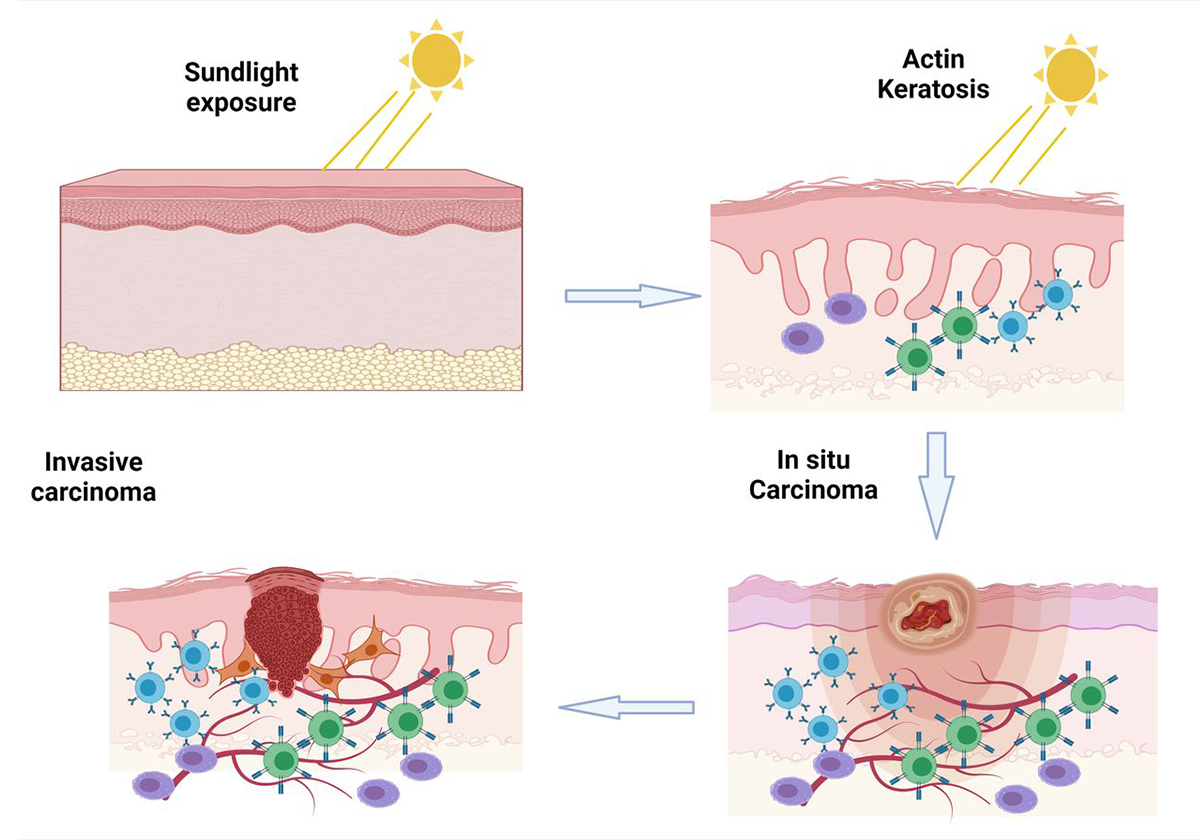A Critical Review of the risk factors associated with Canine Squamous Cell Carcinoma development
DOI:
https://doi.org/10.24070/bjvp.1983-0246.v15i1p1-10Keywords:
Canine, Actin keratosis, Papilloma virus, Oncoproteins, Skin, Ultraviolet radiationAbstract
Squamous cell carcinoma (SCC) is a common neoplastic skin disease that is highly prevalent in tropical countries. As the skin has a variety of cells, overexposure to environmental factors, such as ultraviolet light, can affect this organ, resulting in malignancies, such as cutaneous SCC, hemangioma, and hemangiosarcoma. SCC arises from keratinocytes in the skin and is locally invasive with low metastatic rates, commonly affecting unpigmented skin in sites with high exposure to sunlight, such as ventral regions. SCC has a variable etiology that is not well understood. Therefore, literature review aimed to critically evaluate the risk factors involved in the SCC development.


